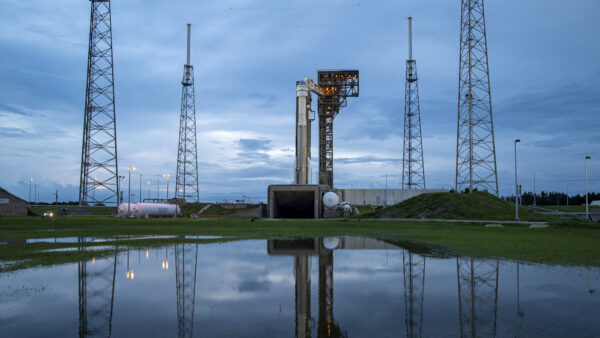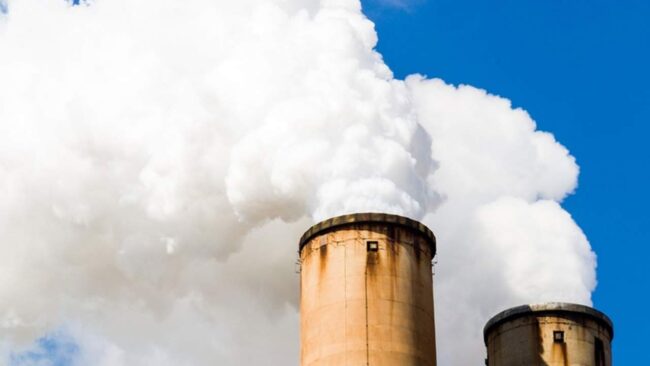
Boeing moves the Starliner crisis in difficulty at its factory, after NASA rubbed the launch of the Spacecraft last week on the valve failures in the propulsion system. The Orbital-2 (OFT-2) flight test was intended to show that the CST-100 could reach the international spatial station and return it safely, but it did not reveal that things were still not Quite ready for the Primeme.
The key valves of the Starliner system failed to open up because they were destined for, with spotted fault during the launch countdown. Boeing and NASA declined Starliner in the gathering area, always attached to the Atlas V Atlas V United Launch Atlas V rocket, where the company’s engineers tried to take off the valves for more than a week.
From yesterday, four valves still refused to open. Boeing confirmed today that he had granted defeat as to what he could do with the CST-100 spaceship in place and will move him from the Atlas V. Then he will return to the commercial crew and at The cargo treatment plant (C3PF), where Boeing says it will undertake “Troubleshooting at the deeper level of four valves of the propulsion system” to determine what went wrong.
“The success of the mission in the human spatial space depends on the thousands of factors that come together at the right time,” John Vollmer, Vice President and Program Manager on the Boeing Commercial Crew Program. “We will continue to work on the StarLiner factory issue and decided to get fucked by this launch window to make room for other national priority missions.”
This means that Boeing will have to accept a new launch date with NASA and ULA, although this can only happen when the flaw of the valve is determined.
A precoccasse possibility had been a nearby lightning strike while the Starliner was on the launch pad might have caused the question, although Boeing said that it had undertaken diagnoses after this worse storm claimed and n ‘ has found nothing wrong. What seems to be the problem, it’s moisture enter the valves; There, it reacts with nitrogen tetroxide that the CST-100 uses as oxidizing for its propellants and seems to be somehow in teflon joints.
The resulting nitric acid has led to corrosion and the problem with the valves that are now trying to treat. As to whether this will involve a more important solution or redesign, Boeing is not safe. “It’s too early to say” John Vollmer, Vice President and Program Director of Boeing Commercial Crew Program, said today. “We have to go looking at the valve itself and look at this fundamental cause.”
“We have to go see if there is something with the design that causes moisture penetration into the solenoid cavity,” added Vollmer.
Depending on the duration that corrects all the outlets, the possible launch of TT-2 for Starliner could be pushed back. Currently, the next potential opening would be in mid-October, but it is just as likely that the mission is delayed until 2022. “It’s probably too early to say whether it’s this year or not,” said Vollmer .





